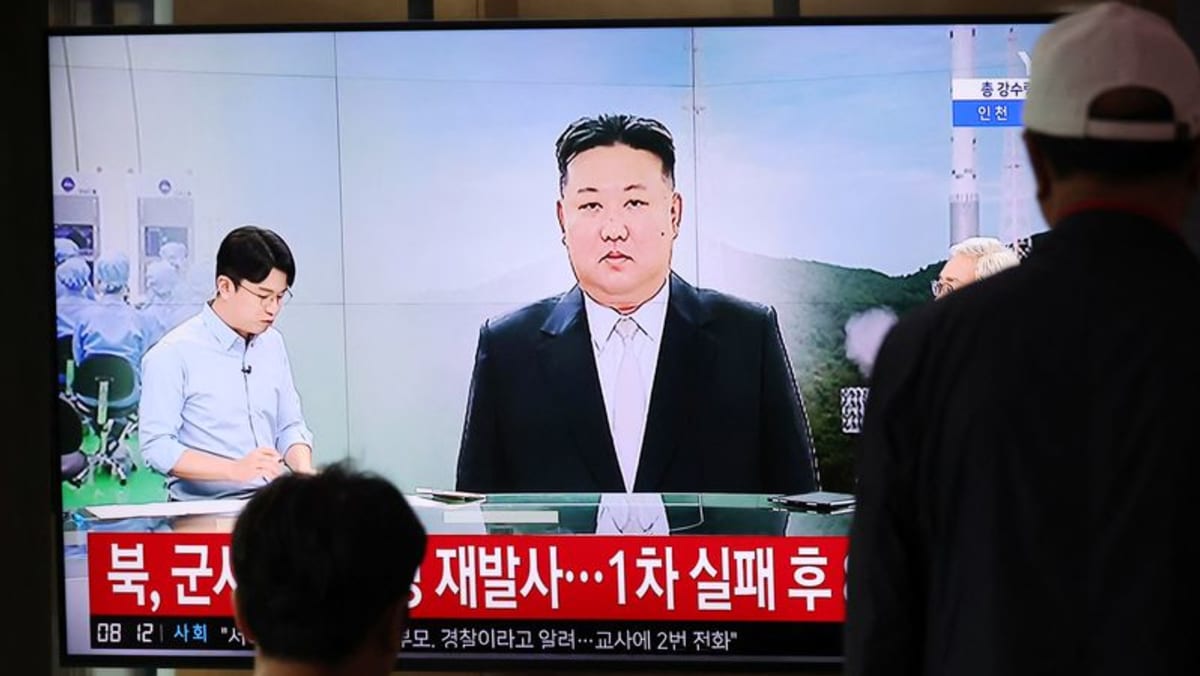
The Chollima-1 seems to be a new design and most likely uses the dual-nozzle liquid-fuelled engines developed for Pyongyang’s Hwasong-15 ICBM, analysts said.
South Korea has recovered some of the Chollima-1 wreckage – including, for the first time, parts of a satellite – but has not released detailed findings. Seoul has said the satellite had little military value.
In September, Kim toured Russia’s most modern space launch centre, where President Vladimir Putin promised to help Pyongyang build satellites.
South Korean officials have said the upcoming launch could incorporate unspecified technical assistance from Russia.
DUAL-USE TECHNOLOGY
The United States and its allies called North Korea’s latest tests of satellite systems clear violations of United Nations Security Council resolutions, which prohibit any development of technology applicable to North Korea’s ballistic missile programmes.
North Korea has said its space programme and defence activities are its sovereign right.
At the time of the 2016 space launch, North Korea had yet to fire an intercontinental ballistic missile (ICBM). The satellite launch was condemned by governments in the United States and South Korea as a disguised test of missile technology capable of striking the continental United States.
Since 2016, North Korea has developed and launched three types of ICBMs, and now appears committed to placing working satellites in space. That would not only provide it with better intelligence on its enemies, but prove it could keep up with other growing space powers in the region, analysts said.
North Korea could use such satellites to more effectively target South Korea and Japan or conduct damage assessments during a war, said Ankit Panda of the US-based Carnegie Endowment for International Peace.
On the other hand, if North Korea can verify, with its own satellites, that the United States and its allies are not about to attack, it might reduce tensions and provide stability, he added.

